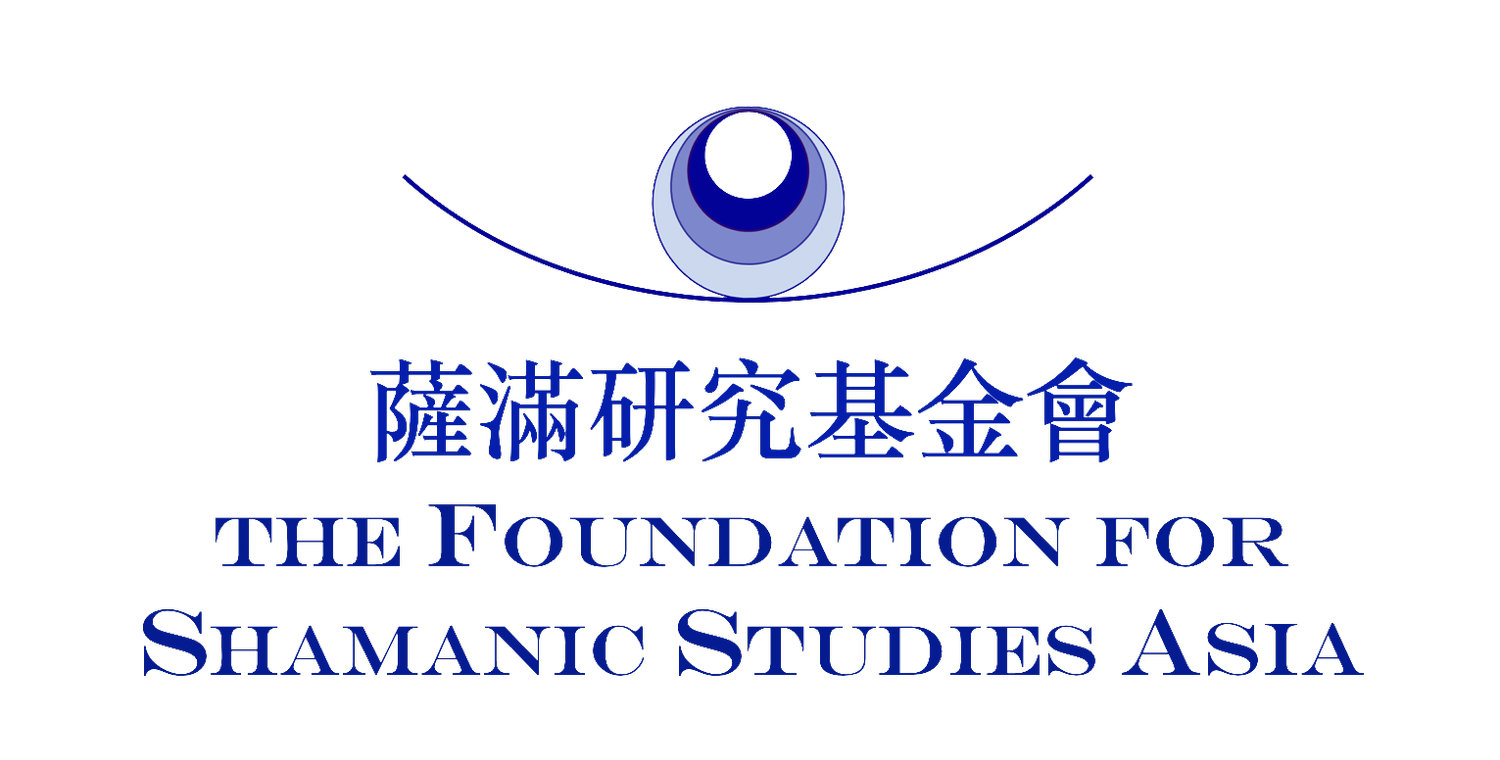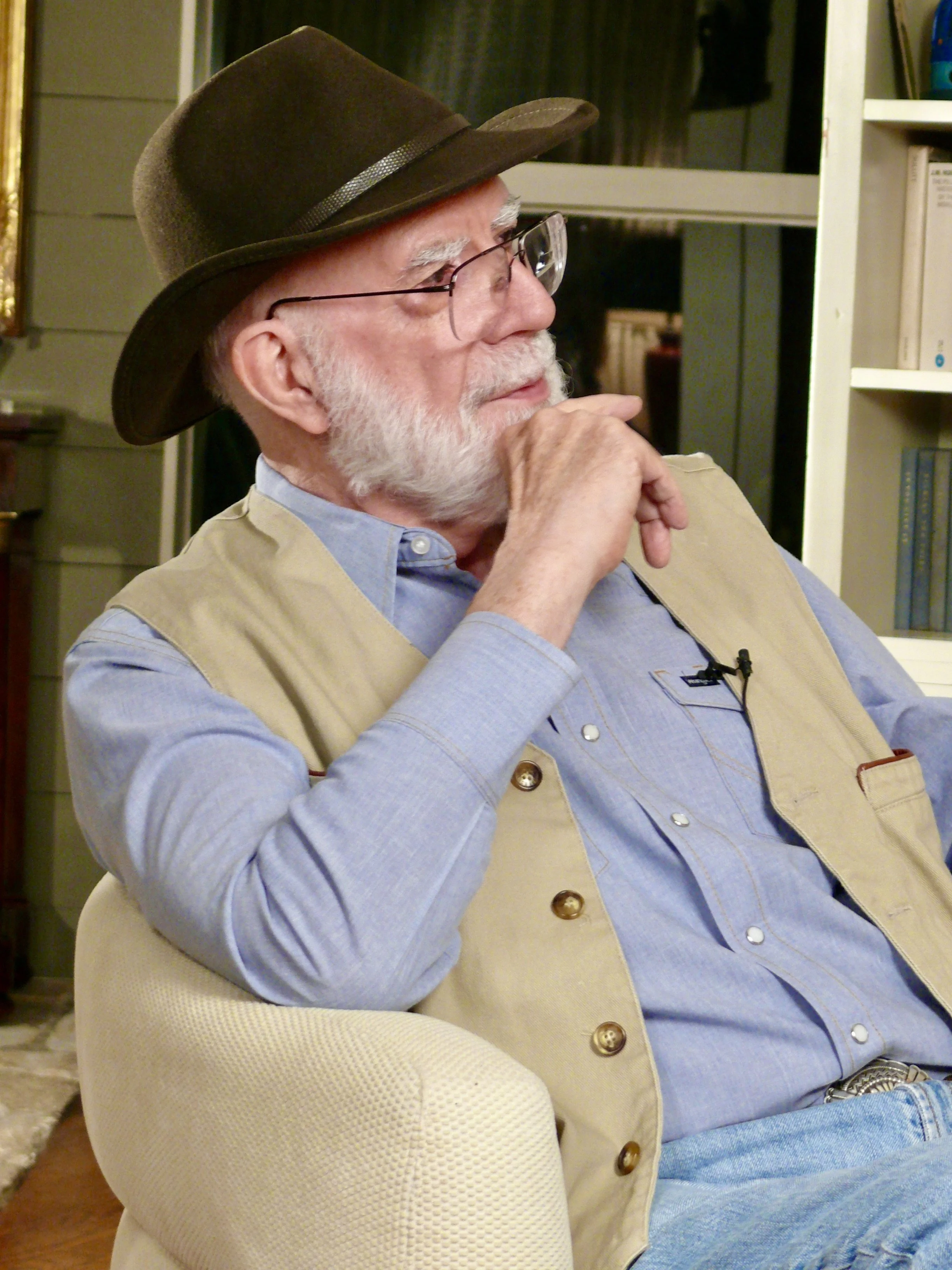
Core Shamanism
The Essence of Modern Shamanic Practice
As developed by Michael Harner, Ph.D.
What is Core Shamanism?
Core Shamanism is the essence of modern shamanic practice, composed of the near-universal features of shamanism worldwide. Originated, researched, and developed by Michael Harner, Ph.D, the principles of Core Shamanism are not bound to any specific cultural group or perspective. As our contemporary world overwhelmingly lost its shamanic knowledge centuries ago due to political and religious oppression, the Foundation's programs in Core Shamanism are particularly intended for persons of the modern world to reacquire access to our rightful spiritual heritage through workshops and training programs.
To give birth to the ancient in a new time is creation. — C.G. Jung
Training in Core Shamanism allows one to alter their consciousness through classic shamanic sonic driving (non-drug) techniques in the form of repetitive drumming or rattling, so that one can discover their own hidden spiritual resources, transform one’s life, and learn how to help others. Core Shamanism focuses on universal shamanic healing and divinaton techniques, namely the Shamanic Journey, the classic method of shamans worldwide for traveling in spiritual realities. Core Shamanism does not focus on ceremonies, rituals, and beliefs that belong to various shamanic cultures.
"Shamanism is a path of knowledge, not of faith. After having personally practiced shamanism, shamanic healing, and shamanic journeying for more than half a century, I can say that there is nothing I have encountered in reports of the spiritual experiences of saints, prophets, psychedelic drug experimenters, near death survivors, and other mystics that is not commonly experienced when following classic journey methods using a drum." — Michael Harner, Ph.D.
Humanity’s earliest expression of spirituality
Shamanism is the world’s oldest healing and problem-solving and tradition. For at least 40,000 years, and probably as far back as the dawn of humankind, shamans have been mediating between the worlds of humans and spirits. On their journeys to other realities, shamans access healing power and knowledge for the benefit of the community. We are inheritors of a profound spiritual tradition – shamanism. Rooted in principles that can be found all over the world, it is both tens of thousands of years old and at the same time cutting-edge. Shamanic work has persisted for one simple reason – it works.
Shamanism is spiritual autonomy
Shamanism is a way of knowledge and healing, practiced worldwide. Not a religion or belief system, there is no holy book, no temple, nor priesthood of shamanism. At the service of their community shamans alter their state of consciousness to directly operate in spiritual realities for the benefit of others. This enables them to mediate between the world of humans and the world of spirits. Equipped with the power and knowledge of compassionate spirits, shamans can support healing, find answers to questions and solutions for challenges, and restore balance where equilibrium has been lost. Their task is to explore the spiritual, immaterial side of reality – non-ordinary reality, and its potential for the benefit of the community. Spirits are immaterial beings who have specific powers and qualities. Among the Transcendent spirits, power animals and teachers are all-compassionate spirits with whom shamans work. Shamans do not just believe in spirits, but know from their own first-hand experience that the Compassionate Spirits are real; we are not alone.
Most indigenous and traditional cultures perceive all of nature as animate. Not only humans, animals and plants are considered alive and ensouled, but also rocks, elements, landscapes or celestial bodies. All are interconnected and imbued with spiritual power. Spiritual power is considered the central agent in shamanism. Shamans act on behalf of clients or the community and journey through non-ordinary reality in search of specific power for the predefined request. Upon return to ordinary reality, they manifest this power and make it available. Thus, they set an impulse that triggers further development and healing of the issue at hand.
The shamanic cosmos consists of three worlds: the Upper, Middle and Lower World. The Middle World encompasses our ordinary, physical universe and its non-ordinary aspect; the Upper and Lower Worlds are the Transcendent Worlds and are all immaterial. Shamans are expert navigators of non-ordinary reality. They know which spirits to contact for a specific purpose and how to facilitate this contact safely, efficiently and with trust. They cultivate respectful relationships with their partners – the spirits.
The shamanic journey and the Shamanic State of Consciousness (SSC)
A wide variety of methods and techniques exist for calling spirits to the Middle World or consulting them in non-ordinary reality in the three worlds. In the latter case, the practitioner willingly embarks on a shamanic journey. Deliberately, and with a clear conscious intention, shamans navigate non-ordinary reality in search of spiritual assistance and holistic solutions for health and balance.
Drums are one of the most important and powerful tools to initiate and maintain the necessary shamanic state of consciousness. The vast majority of shamans in the world do not use psychotropic plants, but rely instead on the rhythm of the drum. Steady, monotonous sonic driving about 4–7 beats per second is considered ideal. Dr. Harner has coined the term Shamanic State of Consciousness (SSC) to describe this state. This frequency corresponds to theta waves in the human brain. Also frequently used are rattles, jaw harps, cymbals, bells, percussive wooden instruments, songs or dances.
Core Shamanism has often been confused with Neo-Shamanism, or considered to be a New Age practice. Anthropologist Joan Townsend, who has made a detailed study of the development and content of “modern shamanic spirituality" states:
"Those who practice Core and Neo-Shamanism object strongly to being included within a generic New Age category. Although some practitioners, esecially of Neo-Shamanism, do overlap with Neo-paganism and occasionally with New Age, to include them as merely one subset of a larger category seriously obscures the uniqueness of these explorations…. Core Shamanism is a conservative, purist approach to shamanism. Neo-Shamanism uses metaphorical images and idealized concepts of shamanism, which are often joined with beliefs and diverse rituals that have little to do with traditional shamanism. There are some areas of overlap between the two forms, but their foci are distinct." (Townsend, p. 49~52.*)
Join the thousands each year who take the Foundation's rigorous training in Core Shamanism in Asia and Australia! The training programs have been carefully designed and thoroughly tested to provide an authentic shamanic experience and practical results. The FSS training programs and the Three-Year Program of Advanced Initiations are widely considered unparalleled in the world.









